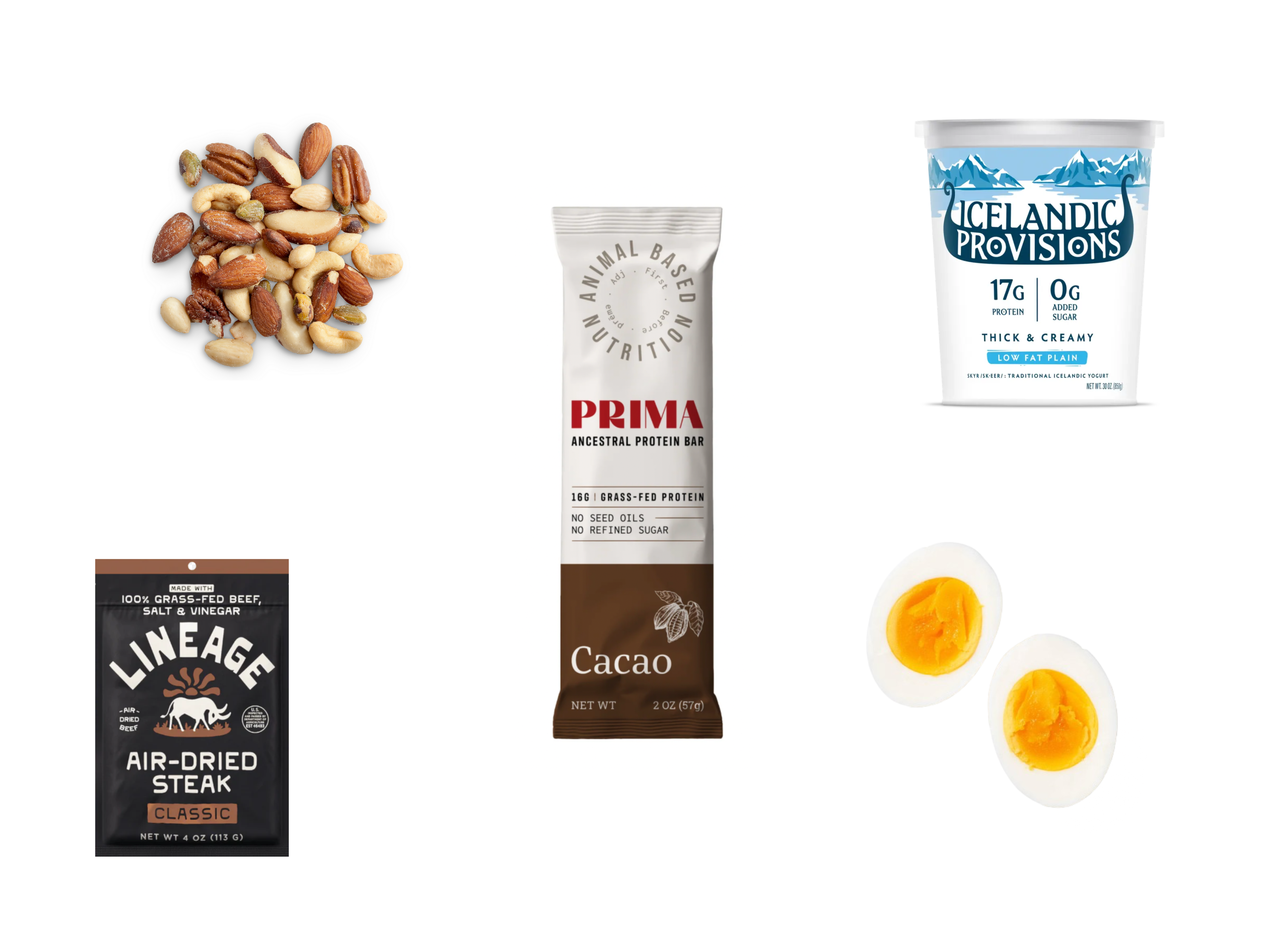
If you live an active lifestyle, whether you’re lifting, running, biking, or juggling multiple sports (or even just walking), magnesium isn’t just helpful; it’s essential. I’ve always known that, but for a while, I treated it like a background player in my routine. It wasn’t until I was feeling depleted, under-recovered, cramped, and like I wasn’t operating at my full potential that I took a closer look don’t eat. It’s about giving your body what it needs to function at its best. Magnesium play a foundational role in that equation.
There are many different types of magnesium, and they each serve unique roles in your body, especially when it comes to hydration, muscle recovery, digestion, and even mental focus. Once I started understanding the types of magnesium and how my body rescinded to each, everything changed. Less soreness. No muscle cramps. Better sleep. Improved gut motility. Real hydration.
Let’s break it down. Both the science, the personal insight, and what products I use.
Why Magnesium Matters, Especially If You’re Active
Magnesium is an essential mineral involved in over 300 enzymatic reactions in the body. It plays a major role in:
- Muscle contraction and relaxation
- Energy production
- Electrolyte balance
- Nervous system regulation
- Vitamin D absorption (a big one for immune health and mood)
If you sweat a lot, you’re especially losing magnesium. In fact, magnesium is often the first mineral your body depletes in response to stress, whether that stress comes from intense training, lack of sleep, or everyday life and decisions. And for those of us constantly pushing our physical limits, that depletion adds up quickly. If you’re stressed or not sleeping well, you’re likely deficient. Even poor soil quality and processed foods make it harder to get enough through diet alone.
In fact, studies show that nearly 50% of Americans don’t get enough magnesium.
My Journey: Discovering the Different Types of Magnesium
Once I recognized that I was likely low on magnesium, I knew I needed to be intentional in my supplementation, because the type of magnesium you take really does matter.
Here’s what I’ve learned:
- Magnesium Malate – My go-to for active days
Magnesium malate is bound with malic acid, which plays a role in the Krebs cycle – aka our body’s natural energy production process. I take this when I know I’m going to be pushing it at the gym or on a long run.
Why I love it: It helps reduce muscle fatigue and supports endurance. I don’t feel as “drained” the next day and my legs bounce back faster. Plus, on days I go for a run, taking magnesium malate helps me avoid cramps and keeps my body feeling more hydrated.
I get my magnesium malate through the electrolytes I drink. Specifically from Promix. It’s unsweetened, made with minimal ingredients, and always keeps me hydrated.
2. Magnesium Citrate – For digestion support
If things are feeling a little slow in the digestive department, citrate is the move. It’s one of the most bioavailable forms, but it also has a gentle laxative effect.
Pro tip: start small. Too much too fast, and you’ll definitely be sprinting to the bathroom.
3. Magnesium Glycinate – For deep absorption and calm
This one’s my favorite for daily support. Glycinate is chelated with the amino acid glycine, which makes it super absorbable and easy on the stomach. I take this before bed or on rest days to help with sleep, stress, and overall recovery.
Other Sources of Magnesium
Don’t forget food! Some whole food sources that are surprisingly high in magnesium:
- Milk (yes, seriously! Milk is actually one of the most effective natural electrolyte drinks!)
- Pumpkin seeds
- Spinach
- Almonds
- Avocados
And for hydration? I’m picky! I don’t do sugar or sugar substitutes. No stevia, monk fruit, erythritol, or anything artificial. Not even “natural flavors.” That’s why I use Promix electrolytes, which give me clean minerals (including magnesium) without sweeteners or fillers.
Magnesium for Hydration and Nutrient Absorption
Magnesium doesn’t work in isolation. It helps regulate other electrolytes like potassium and sodium, and it’s crucial for the absorption of vitamin D. If you’re low in magnesium, your vitamin D levels may never optimize, no matter how much sun you get or how many drops you take.
So when I’m putting in work, whether I’m on the trail or under the bar, hydration isn’t just about water. It’s about electrolyte balance, and magnesium is at the core.
What to Look for in a Magnesium Supplement
If you’re shopping for magnesium, here’s what I always check:
- Type of magnesium (what do you want it to do for you?)
- No fillers or binders
- No sugar, synthetic sweeteners, or flavor enhancers
- Third-party testing for purity
Final Thoughts
If you’re struggling with recovery, sleep, or hydration and you’re already putting in the work, magnesium might be the missing link. But don’t just grab the first bottle you see. Learn the different types of magnesium, listen to your body, and choose wisely.
Your muscles, digestion, and nervous system will thank you.

6 Best High Protein Snacks (Simple, Easy, & Yum)
The best high protein snacks include jerky, eggs, dairy, cheese, and nuts when paired properly for fullness and steady energy.

The 2 p.m. Slump Is Not Normal, Here’s How to Beat the Afternoon Slump for Real
If you crash every afternoon, your body is asking for support, not more caffeine. Here’s how to beat the afternoon slump naturally with simple daily shifts.

How to Heal Early Tooth Decay and Remineralize Naturally
I spent a year intentionally balancing my minerals, nourishing my body, and practicing natural oral care to successfully remineralize my teeth naturally and heal early decay.





[…] Related Post → The Different Types of Magnesium — what you need to know for energy, recover… […]
[…] Shop Dr. Berg Vitamin D3 + K2 on Amazon → Related Post → The Different Types of Magnesium — what you need to know for energy, recover… […]
[…] Related Post The Different Types of Magnesium: What You Need to Know for Energy, Recovery, and … Related Post What Are Trace Minerals and Why Are They Important? […]
Comments are closed.